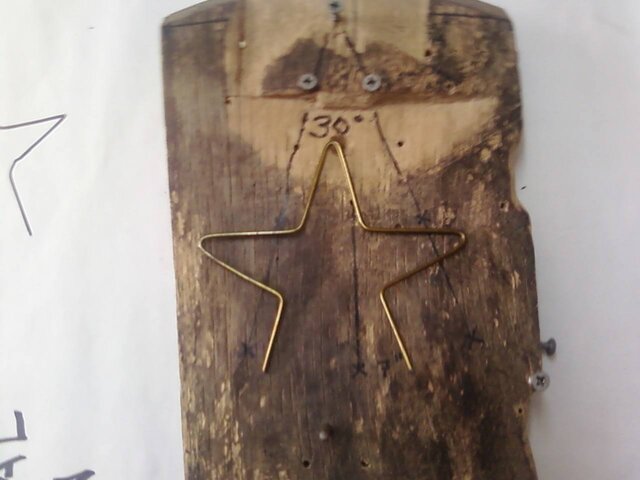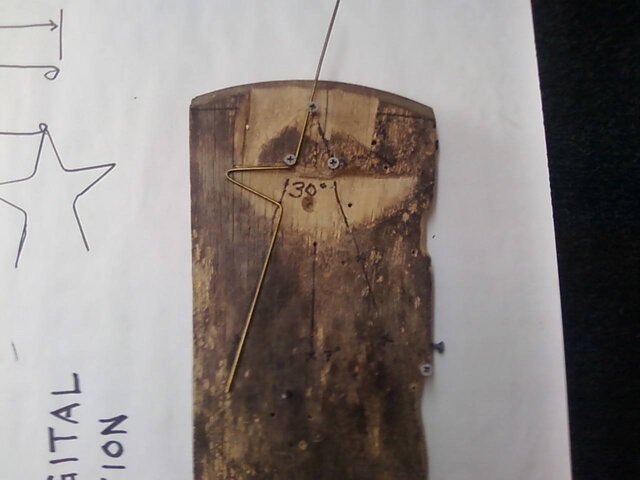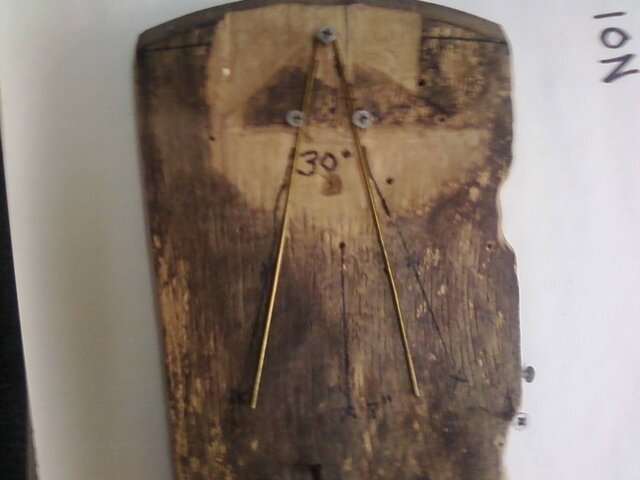Wrong. What you have is ANECDOTAL data. EMPIRICAL data is backed up with research and analysis with proper metering equipment and/or lab simulation. ANECDOTAL data is the story you get from trial-and-error, which is all I've seen so far. I'm not calling you a liar, not by any stretch...I believe that you have observed good results. But you can also get good results from any number of options that aren't repeatable or even a good idea to start with (Re: Aluminum Foil Niece). Without some
hard data, it's impossible to guess which situations are candidates for your antenna.
I'll offer this link in regards to empirical data:
define:empirical - Google Search
The application for this antenna is indoor use. It should be used to replace any situation where rabbit ears are or were used. It performs extremely well in high multi-path and high interference environments. (Which is where we are all headed anyway. I'm not guessing, I've been trying these everywhere I get a chance. They've worked when nothing else worked, or something larger had been needed. This is what I know. I've been researching low signal artifacting for three years. I've carried rabbit ears with me to help see what kind of signal a place gets to help determine what antenna might be needed.
I have to hit the BS buzzer on that one. If it works indoors, it'll work better outdoors. Adding obstructions (walls, roofing material, EMI from AC power lines) never improves reception. There are specific situations where you can introduce noise outside or introduce a phase or multipath problem that wasn't present inside the living room, but that's circumstantial.
Buzz ya back. I thought that same thing...until I took it outside. Worthless outside when I tried it. Grabbit Ears loves multi-path. (And multi-path signals are all you get inside.) It likes to be right next to a wall or a window much better than 3 or 4 or more inches from the wall or window. It lies flat very well, too.
Working with a theoretical model (not actual wire) the distance between apexes should be 1-3/4", so your jig with 1-5/8" spacing sounds about right.
That's 100% inline with current practices; closer feed lines usually make things worse. But the gauge is still an unknown variable.
I've never built a simulation before, but I've bent a few antennas. I'm having a hard time with the software, but as soon as I get results, bad or good, you guys will be the first to know, and it'll be in this thread.












